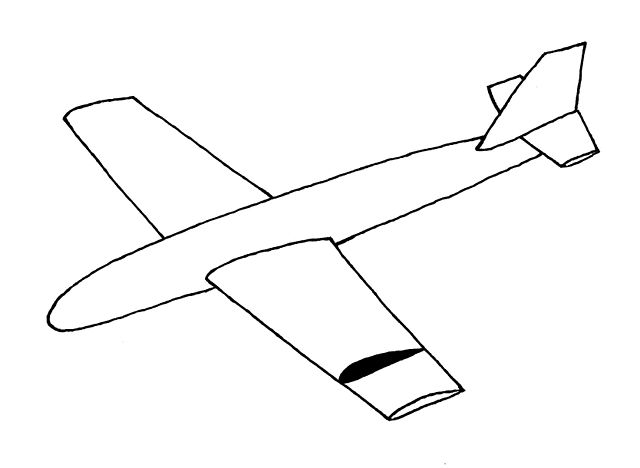Downforce is a downwards lift force created by the aerodynamic features of a vehicle. If the vehicle is a car, the purpose of downforce is to allow the car to travel faster by increasing the vertical force on the tires, thus creating more grip. If the vehicle is a fixed-wing aircraft, the purpose of the downforce on the horizontal stabilizer is to maintain longitudinal stability and allow the pilot to control the aircraft in pitch.
Three different styles of front wings from three different Formula One eras, all designed to produce downforce at the front end of the respective race cars. Top to bottom: Ferrari 312T4 (1979), Lotus 79 (1978), McLaren MP4/11 (1996)
The CFRP floor of the Panoz DP01 ChampCar exhibiting complex aerodynamic design.
The underside curves of the Panoz DP01 Champ Car.
The rear wing of a 1998 Formula One car, with three aerodynamic elements (1, 2, 3). The rows of holes for adjustment of the angle of attack (4) and installation of another element (5) are visible on the wing's endplate.
When a fluid flows around an object, the fluid exerts a force on the object. Lift is the component of this force that is perpendicular to the oncoming flow direction. It contrasts with the drag force, which is the component of the force parallel to the flow direction. Lift conventionally acts in an upward direction in order to counter the force of gravity, but it is defined to act perpendicular to the flow and therefore can act in any direction.
The 1902 Wright Glider shows its lift by pulling up
A cross-section of a wing defines an airfoil shape.
Angle of attack of an airfoil
An airfoil with camber compared to a symmetrical airfoil








